How to Live with Another is an experiment of architectural co-authorship.
Two key issues are explored: co-authorship, and co-existence, or living with another. This thesis delves into how two people, who are not family, might live with another in a domestic space intended for the nuclear family. It considers the presence of foreign domestic workers within the HDB flat — they are needed but barely accommodated in these tight domestic spaces. An iterative and collaborative process between architect and occupants reveal the necessity for a more responsive infrastructure; moving beyond housing to instead accommodate.
The thesis began from my research of unschooled drawings, explored with the help of my grandmother and her live-in Indonesian helper Asri. Their drawings showed that there can be other forms of knowing, representing and creating space.
As they live with another, they become co-authors of the flat. Yet, while they have a respectful co-existing relationship, tensions, social hierarchy, and boundaries are present. These unspoken tensions were thought through by working through a set of 3 personalised designs for the proximate homebodies of an elderly person and a domestic worker. The designs are conceptualised around the three scales of a domestic space — body, furniture, and architectural fabric of the flat.
While negotiating the needs of these two housemates, the production of these contraptions also engaged them as co-authors. Here, they negotiate and materialise desires and needs through a back-and-forth partnership, at times collapsing and destabilising the hierarchical relationships, between the architect and the householders.

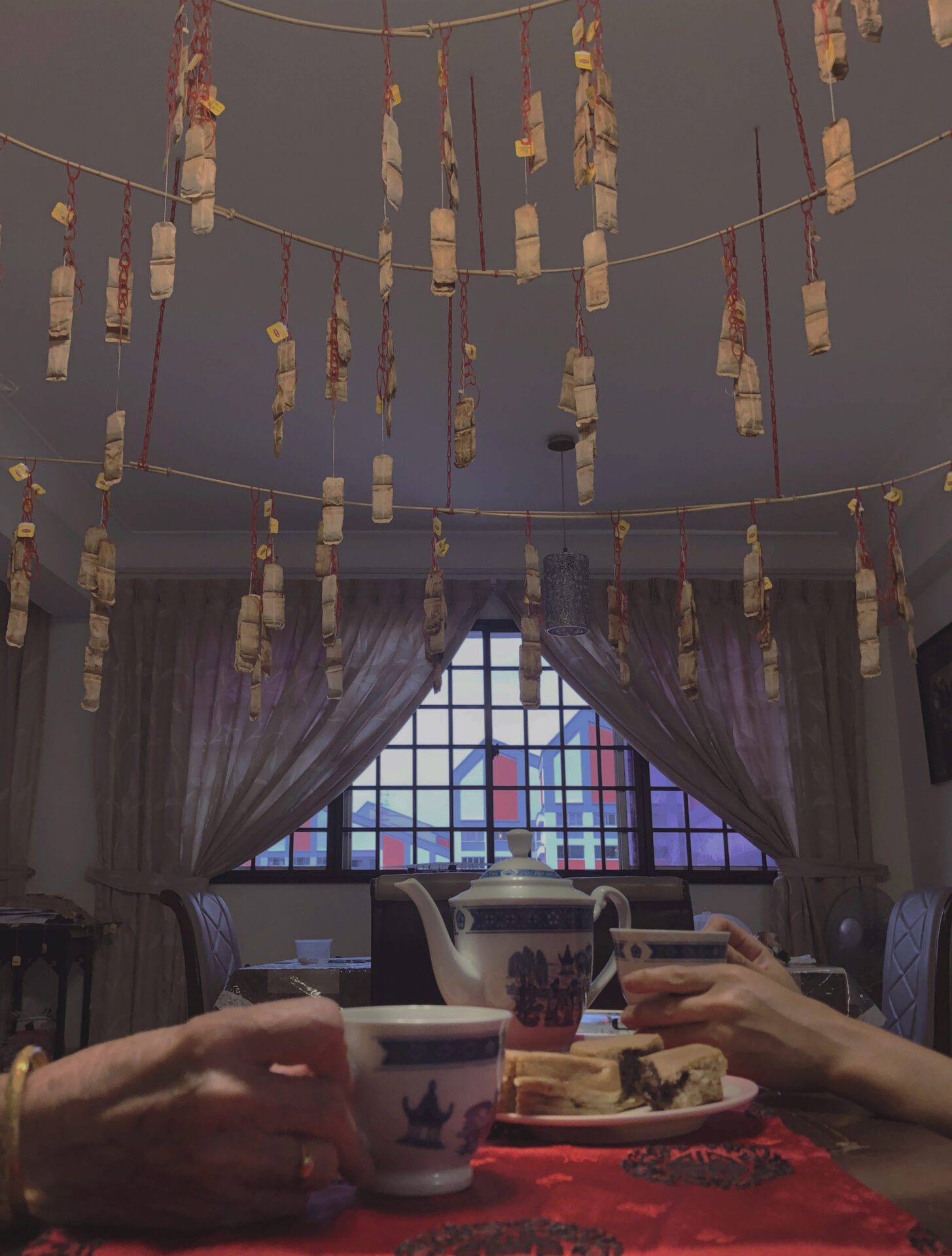
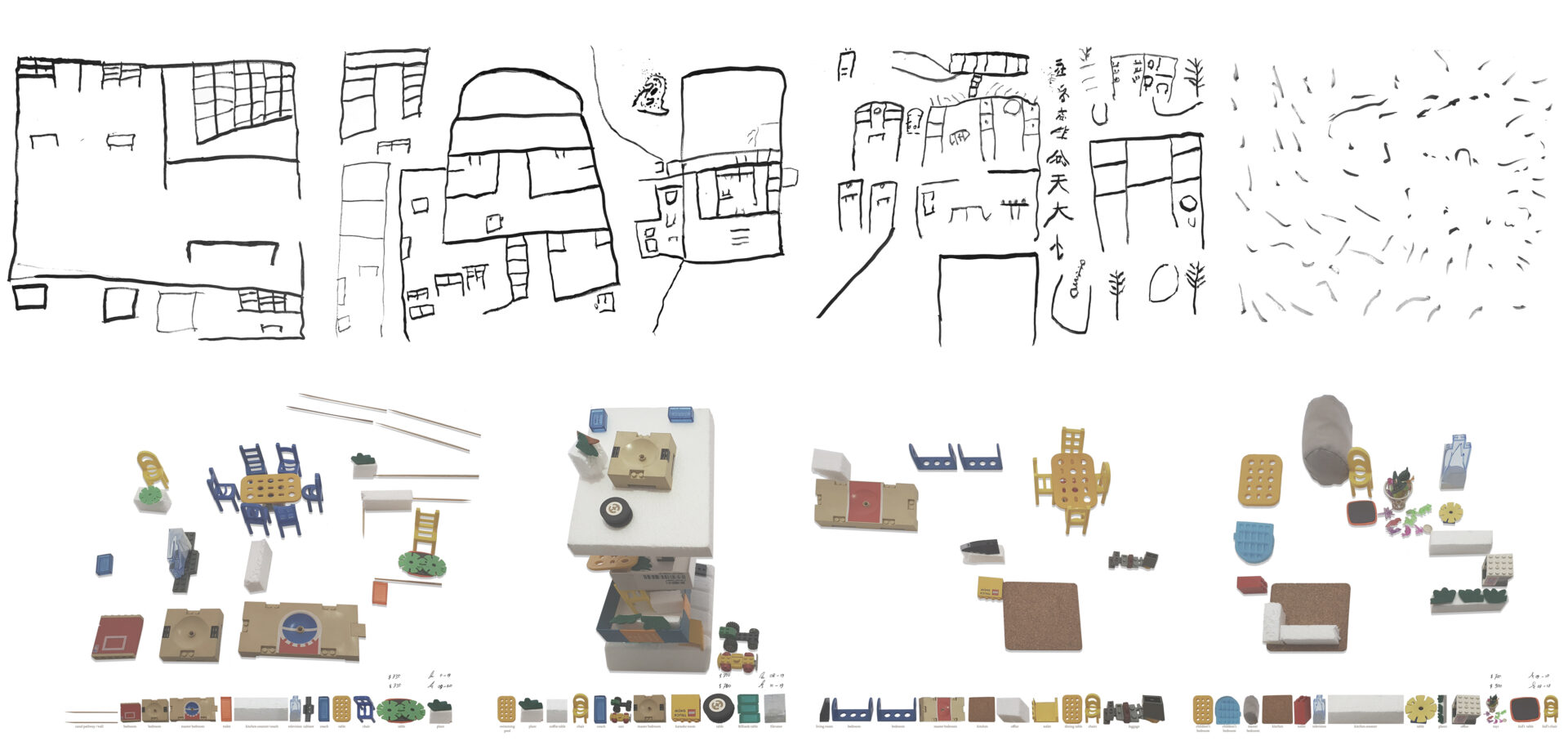
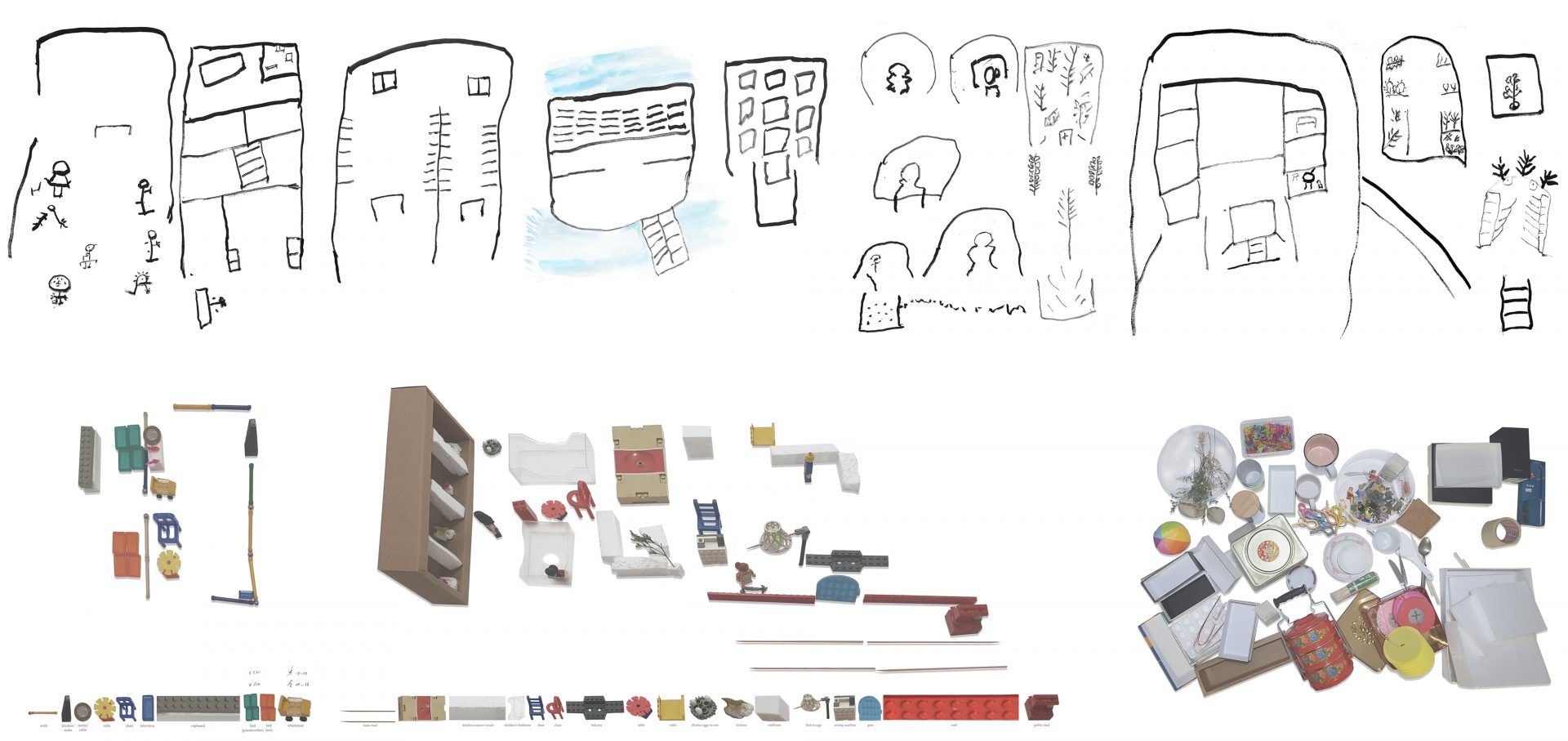
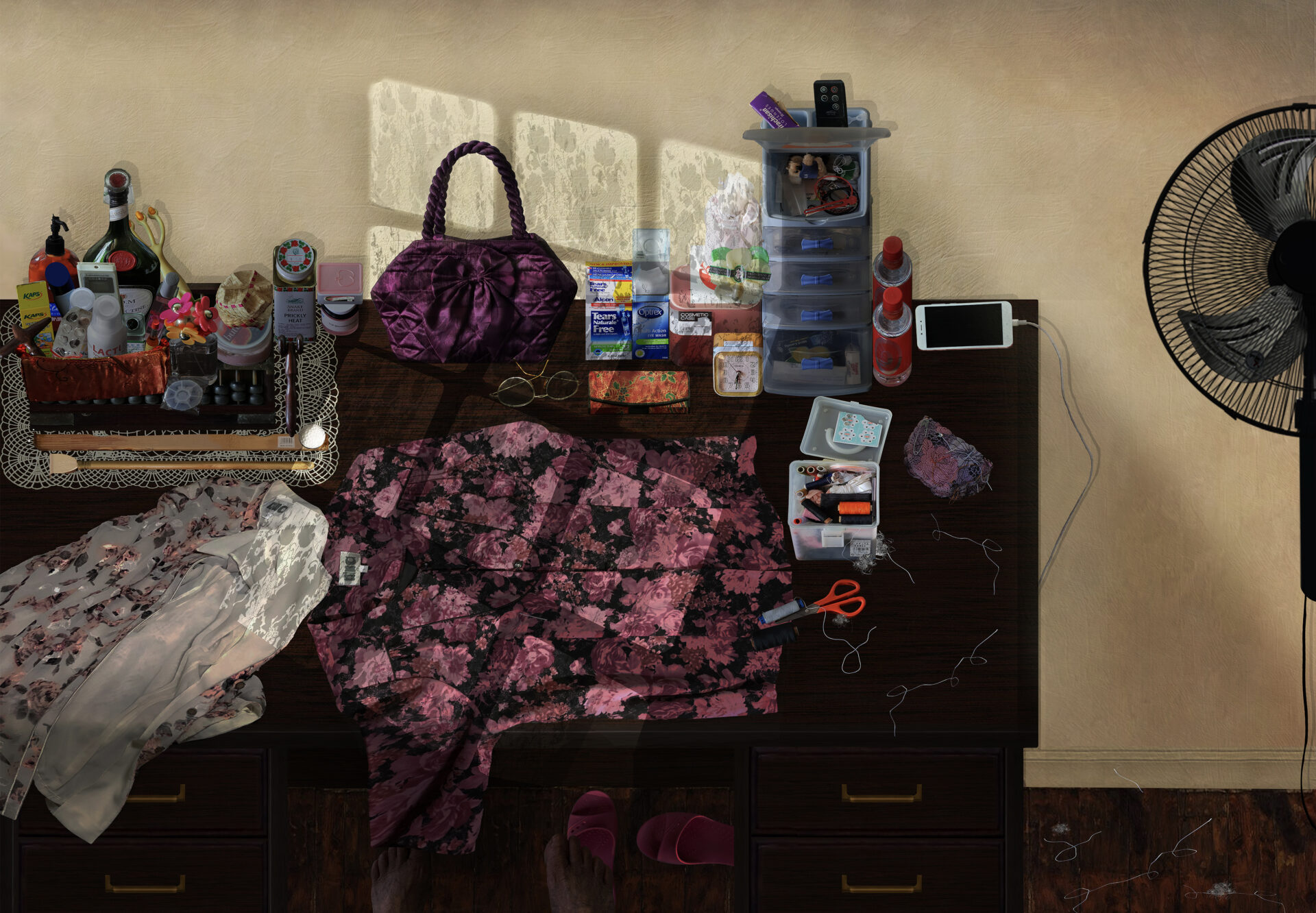
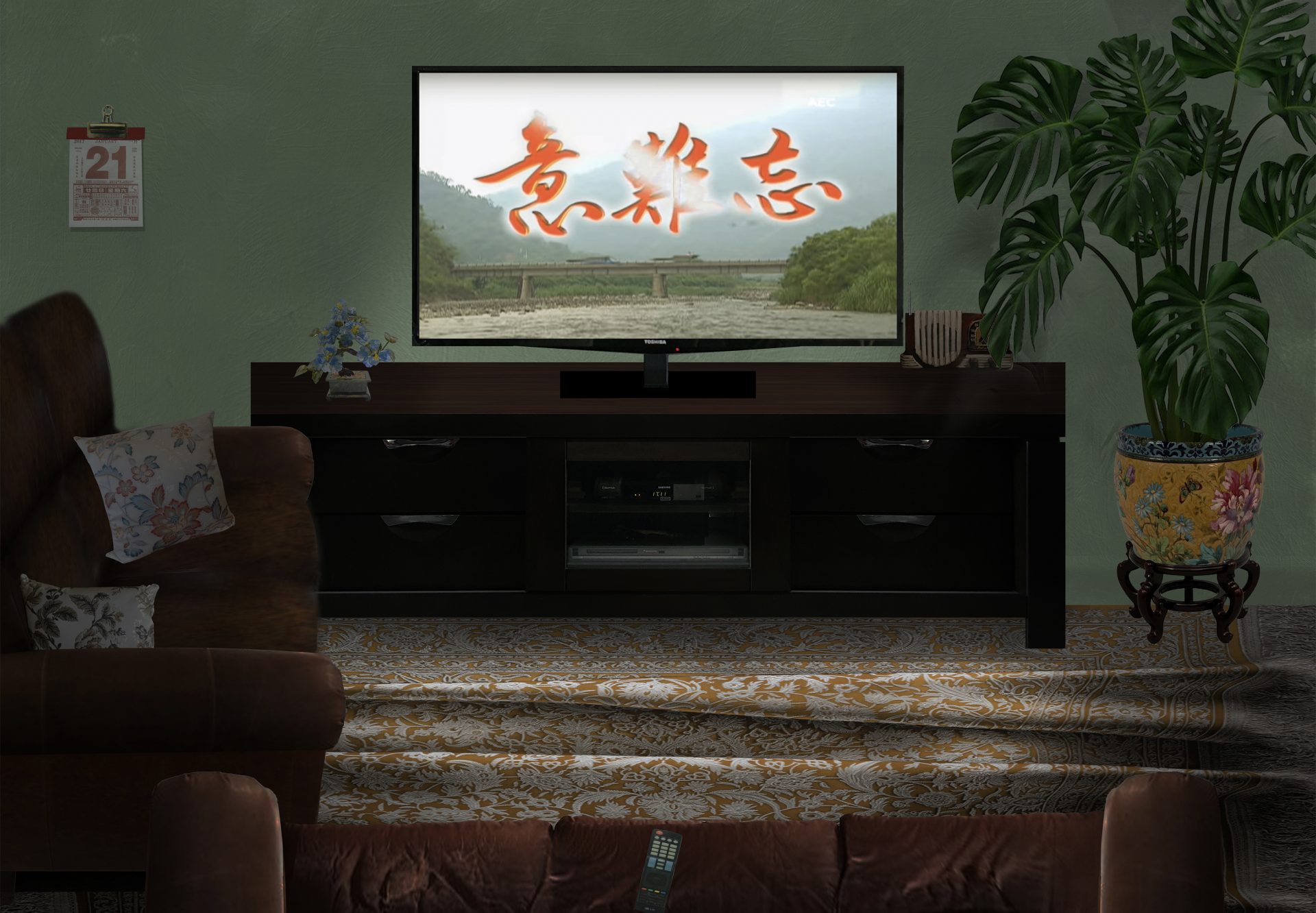
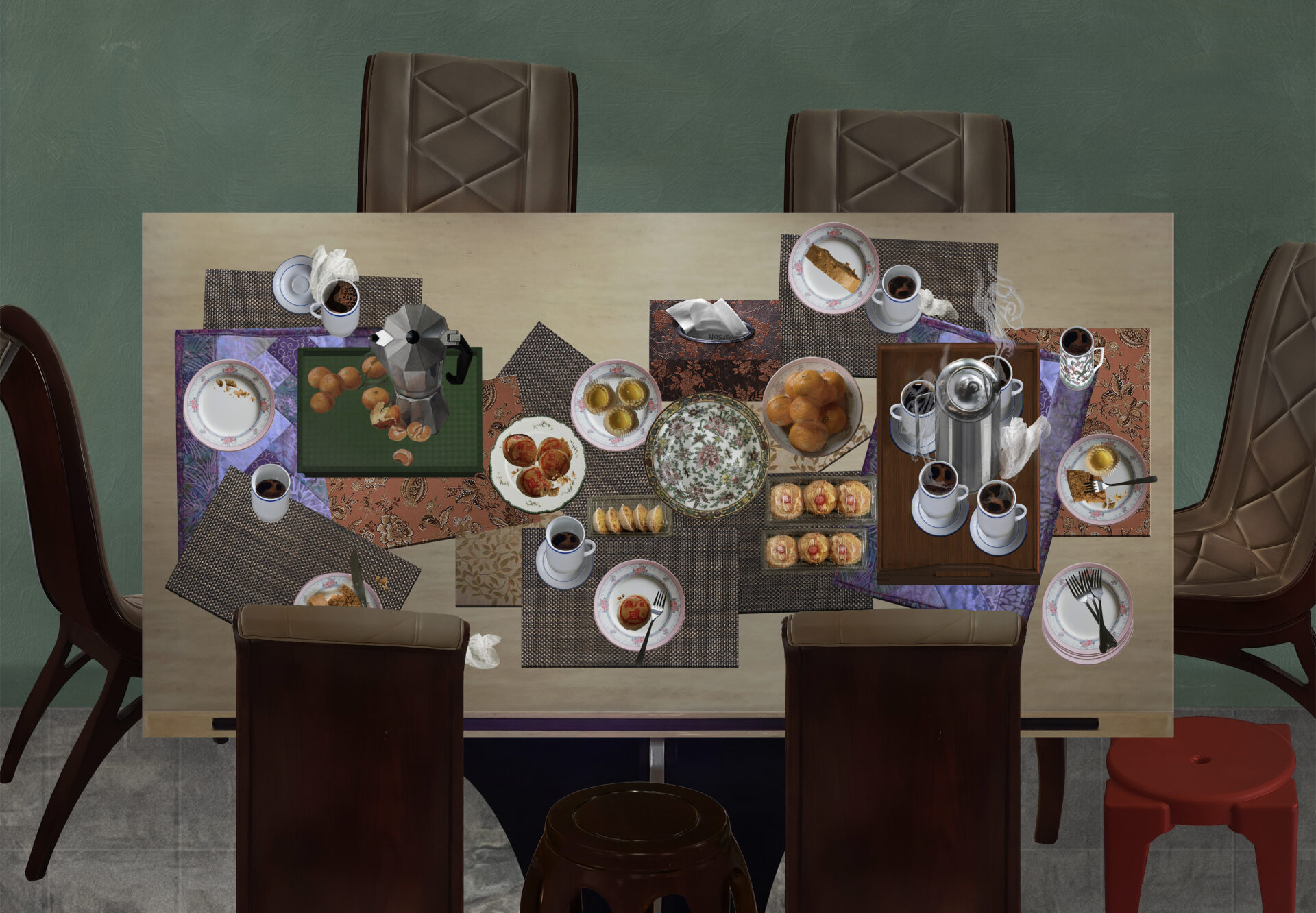
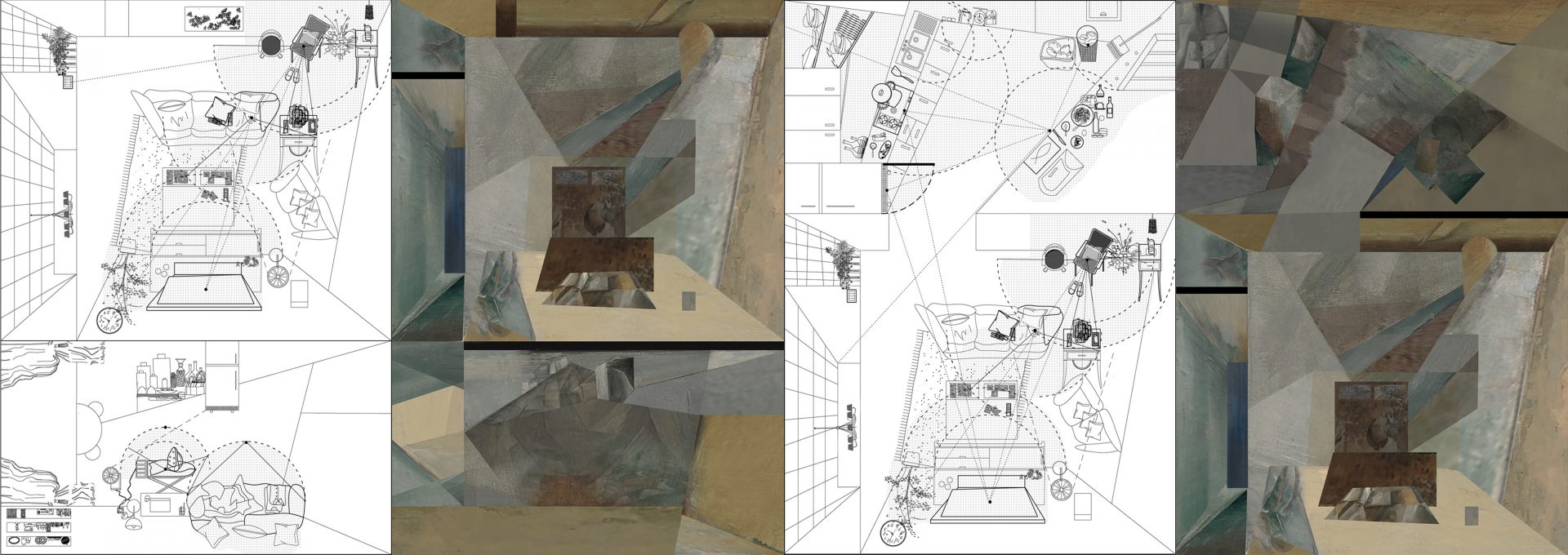
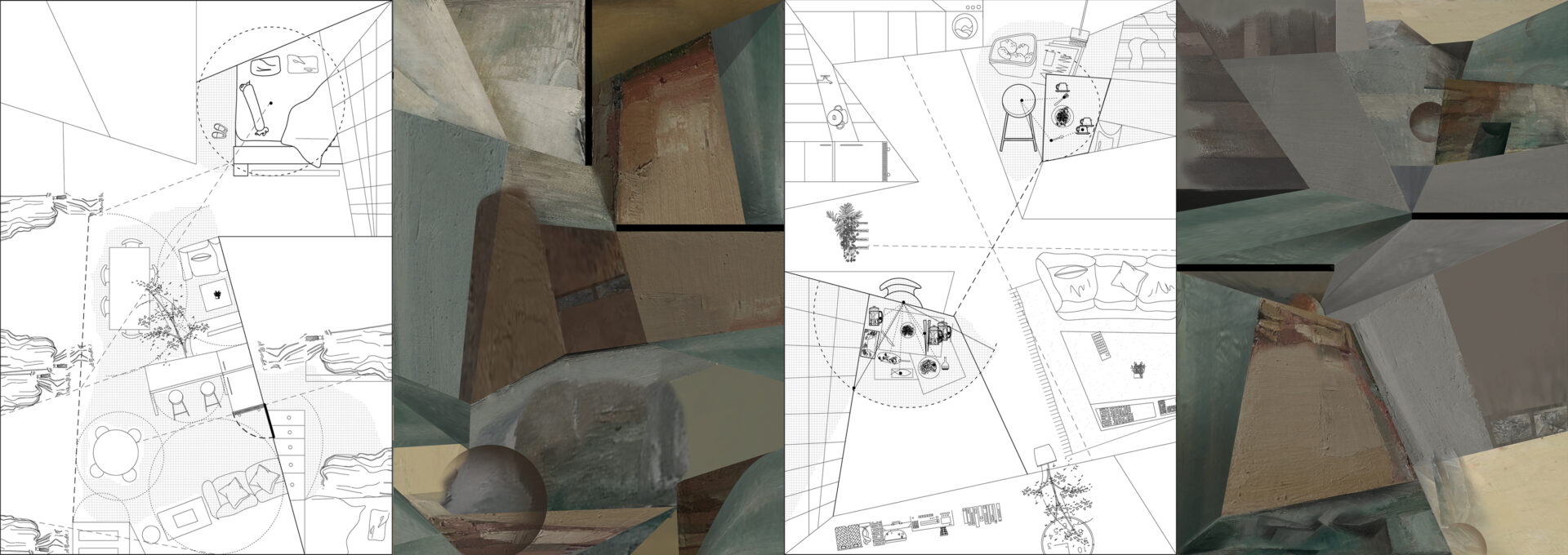
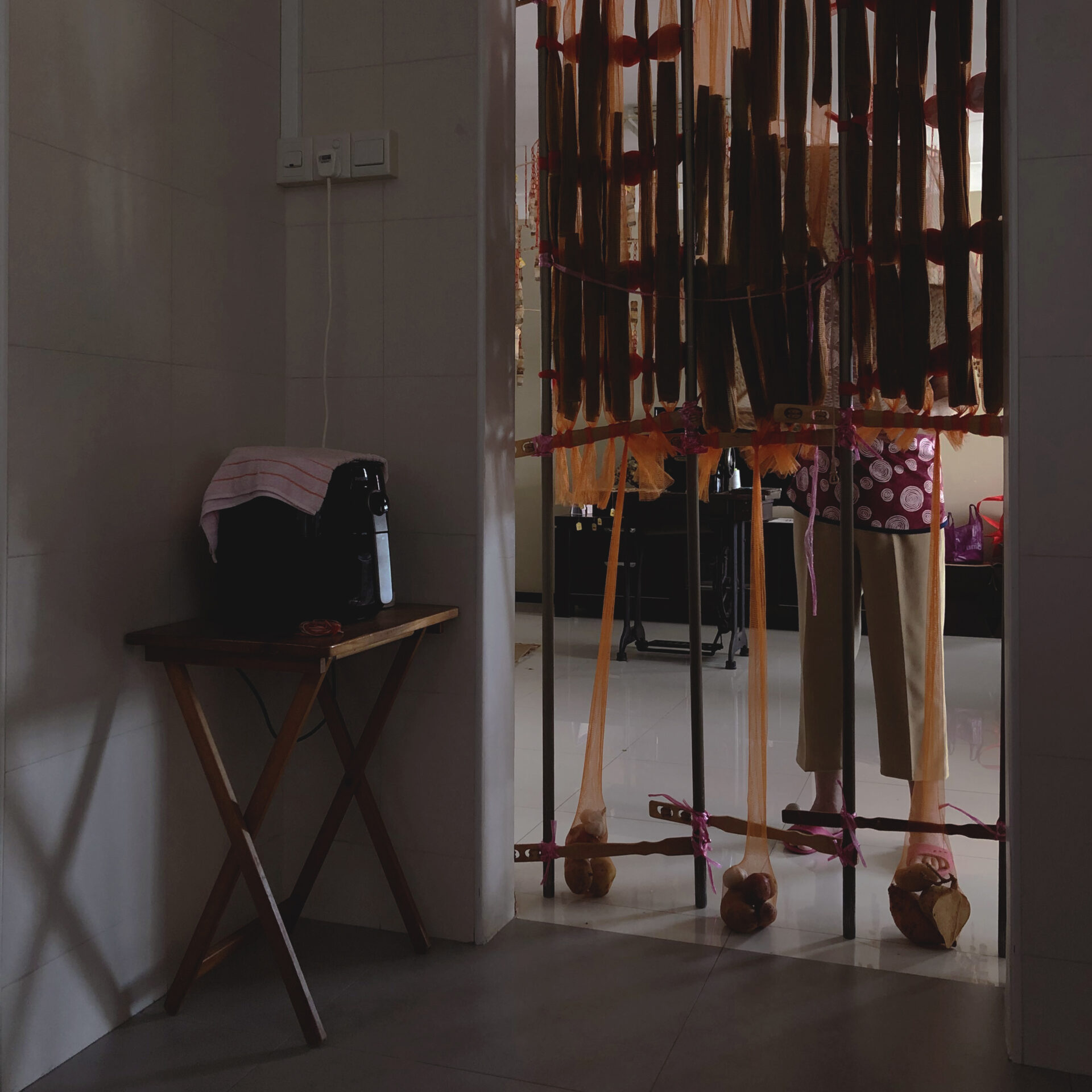
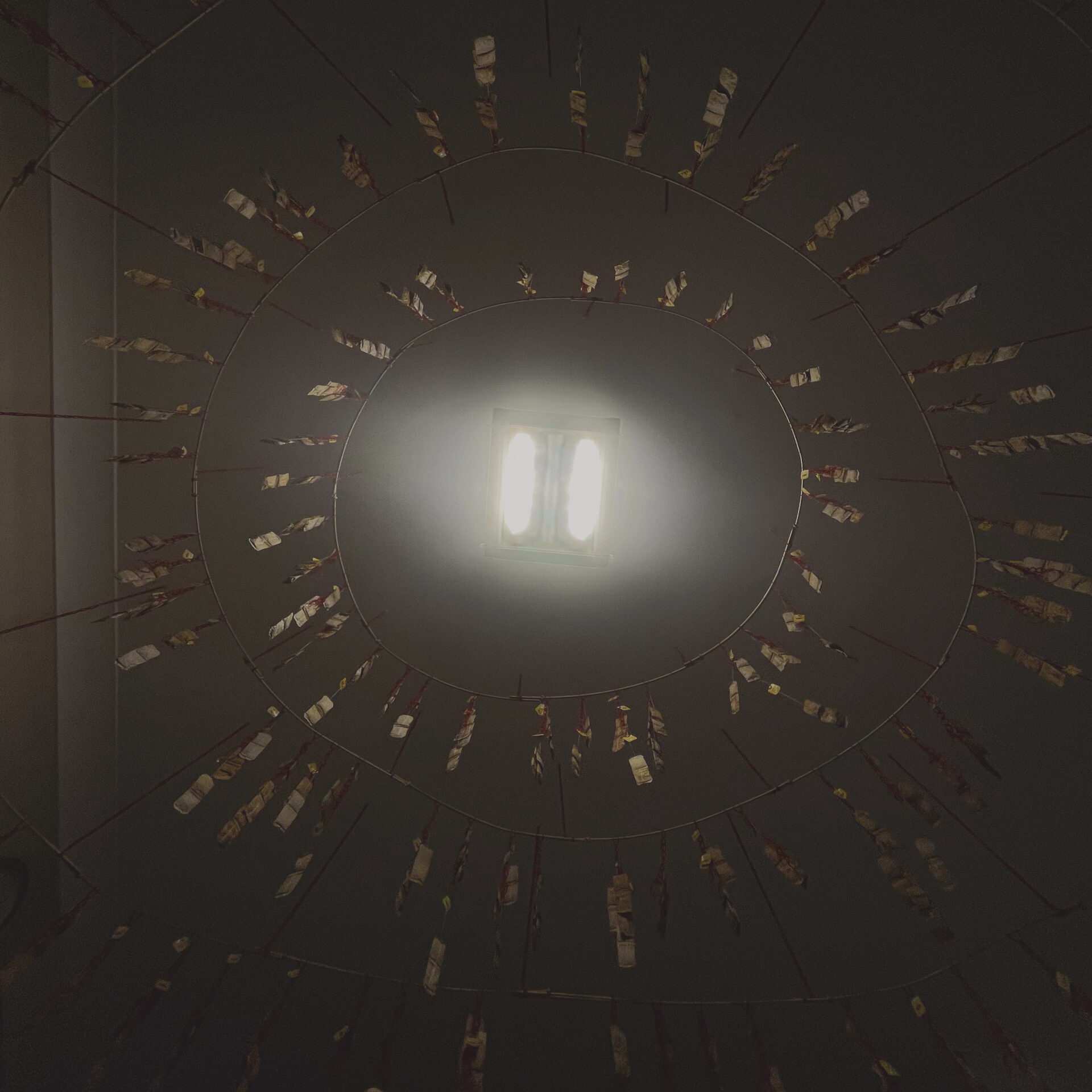
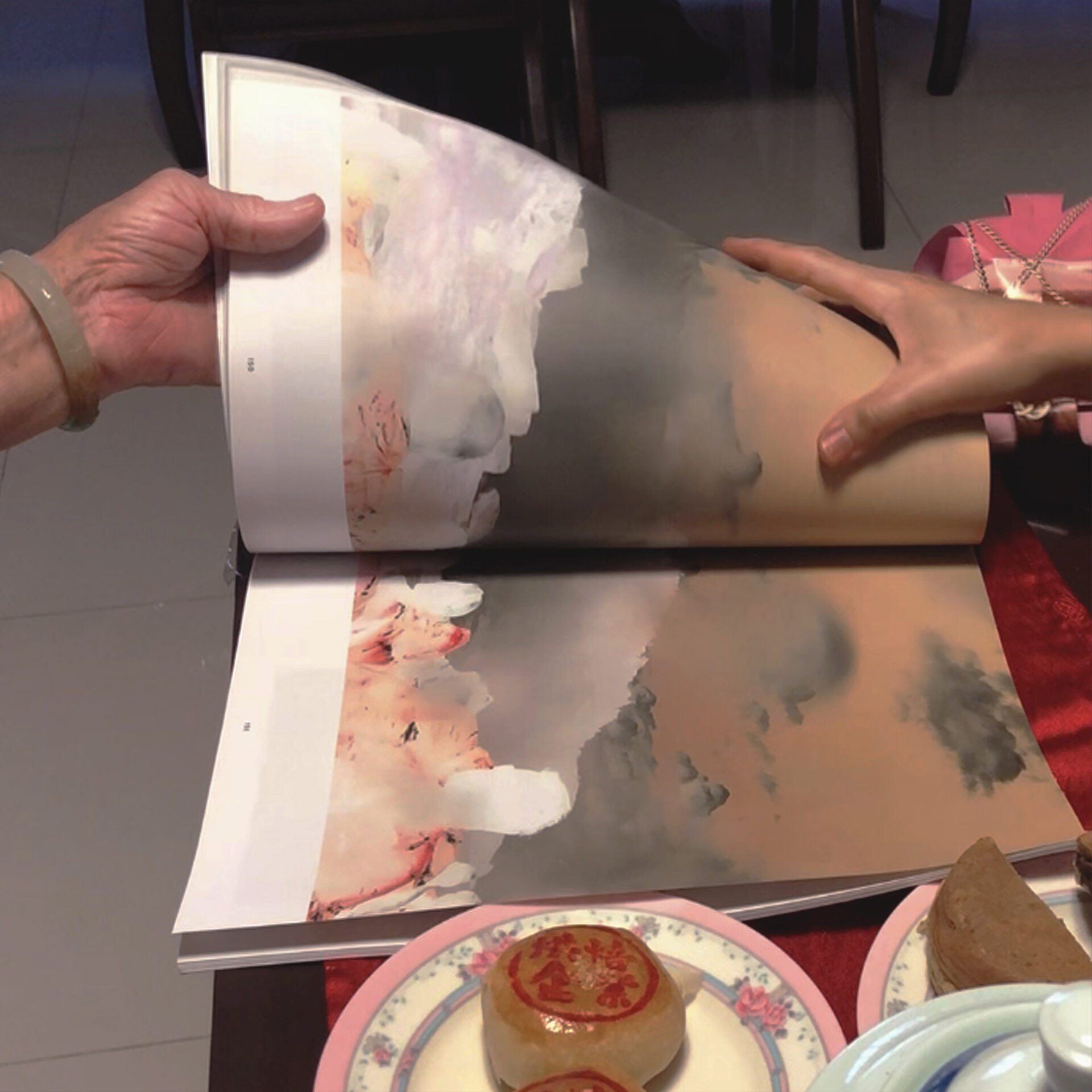
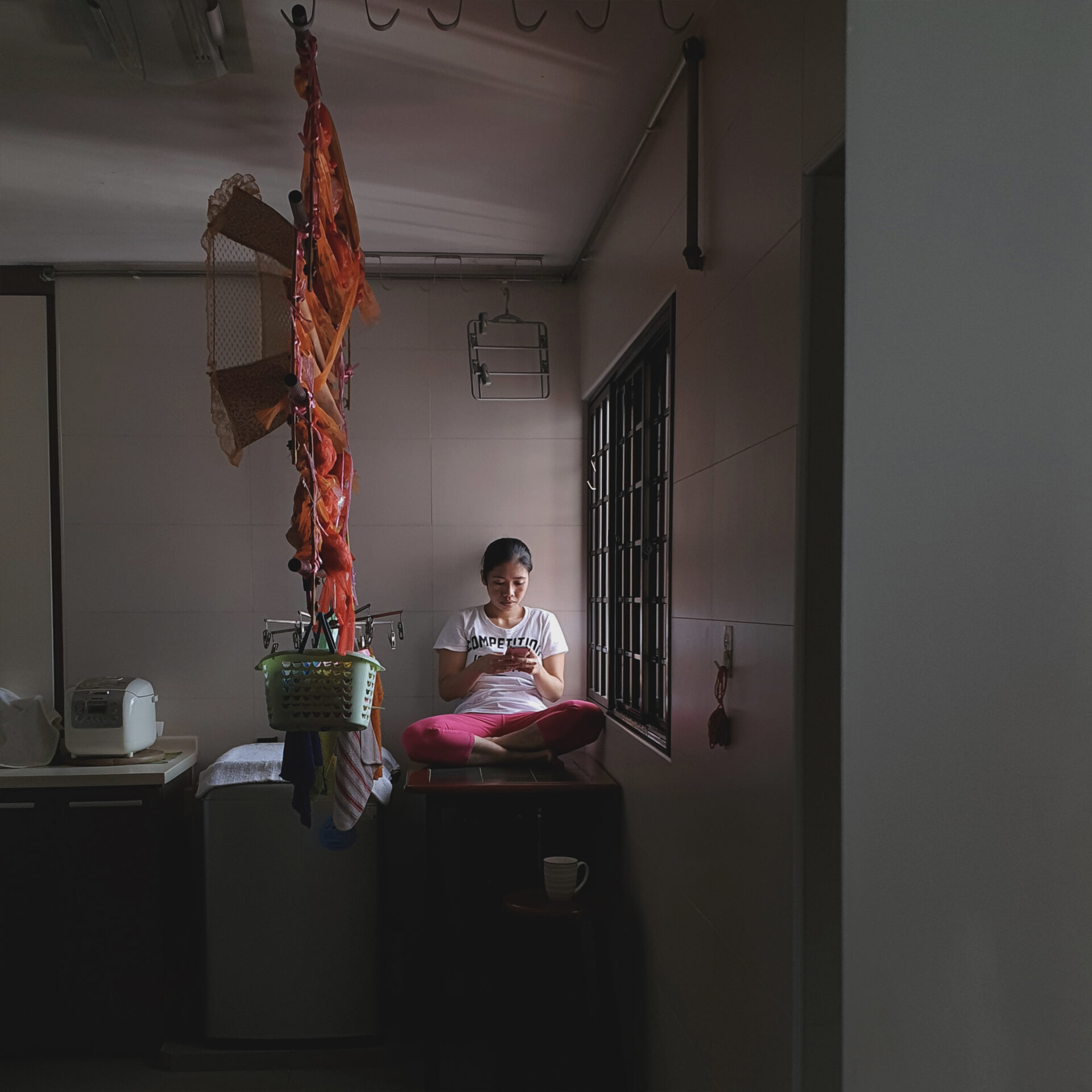
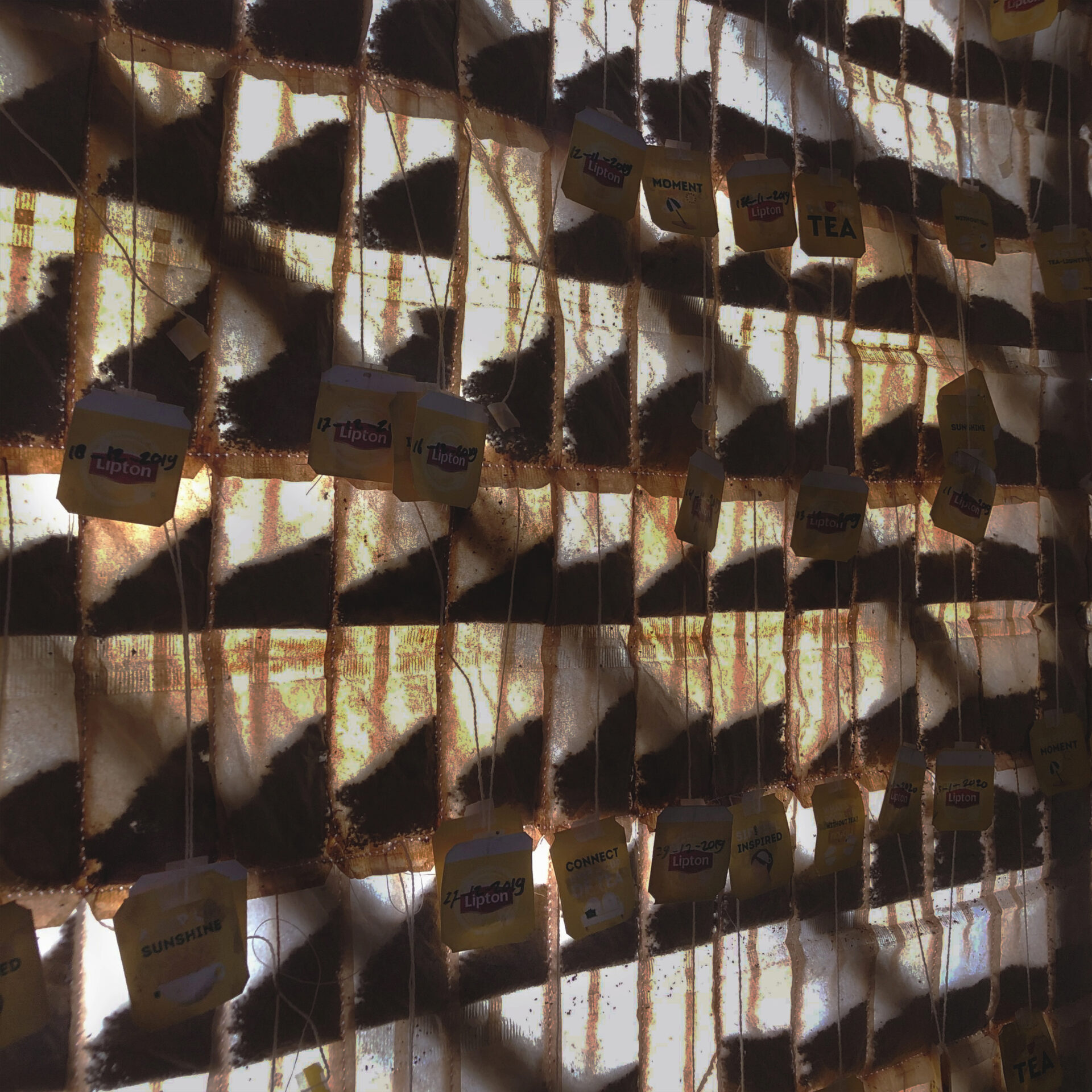
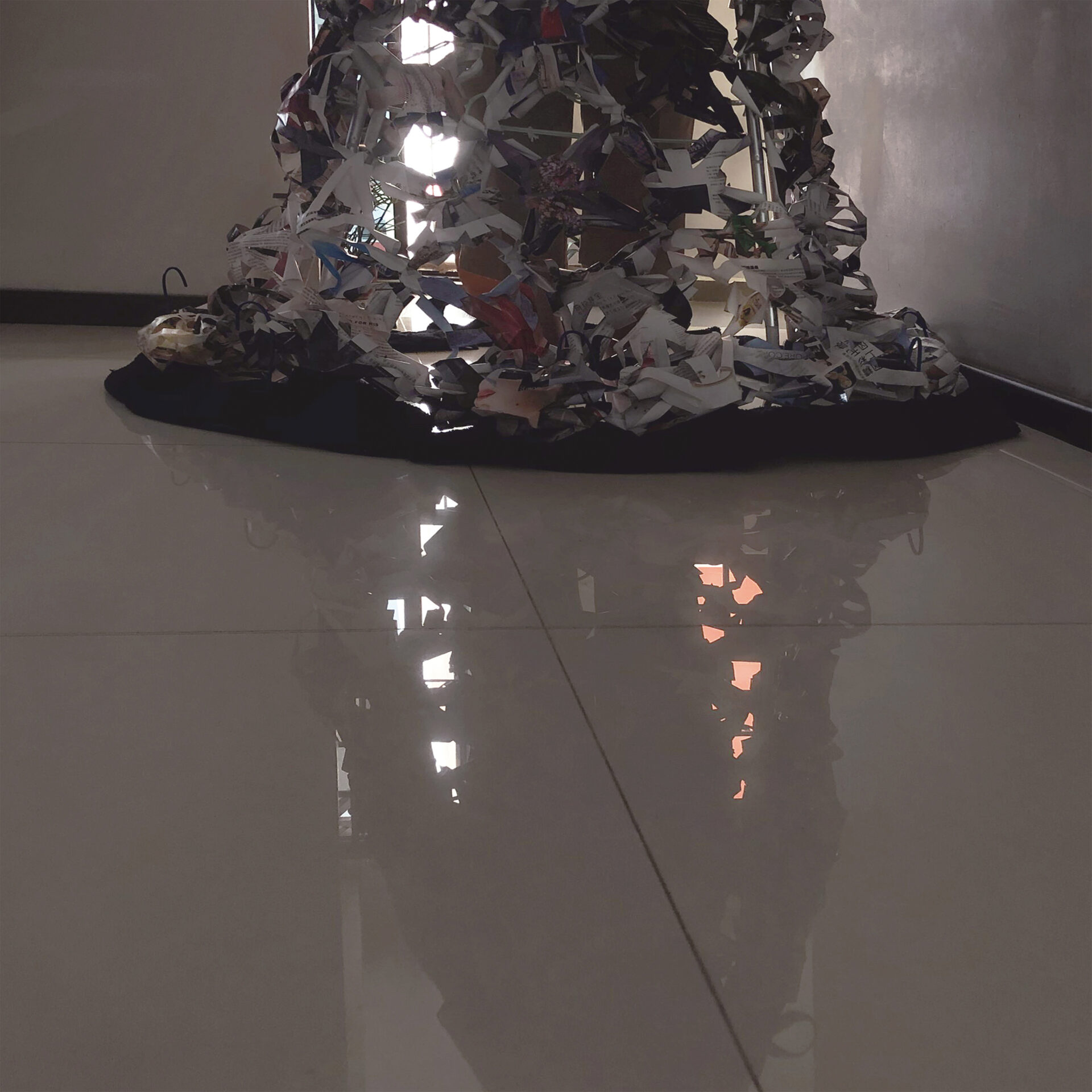
Supervisor's comments:
Anthea’s thesis begins at home – with her own grandmother and the former’s helper Asri. It ends by testing the potentials of architecture – its epistemological and professional capacities to address the production of space that can speak to social and class-based proximities. The three devices are represented from the occupants’ perspectives through portrait photography and ethnographic videography. Line drawings show household materials – cotton string, bamboo laundry poles, used teabags, origami magazine paper – and methods – knotting, braiding, weaving, sewing – crossing over from domestic chores into the architecture studio. How to live with another is politically gendered in its concerns for architecture’s intersection with, and manifestation of, equity and voice.
- Assoc. Prof. Lilian Chee (Dr.)